American Flamingo Arrives in Costa Rica for the First Time
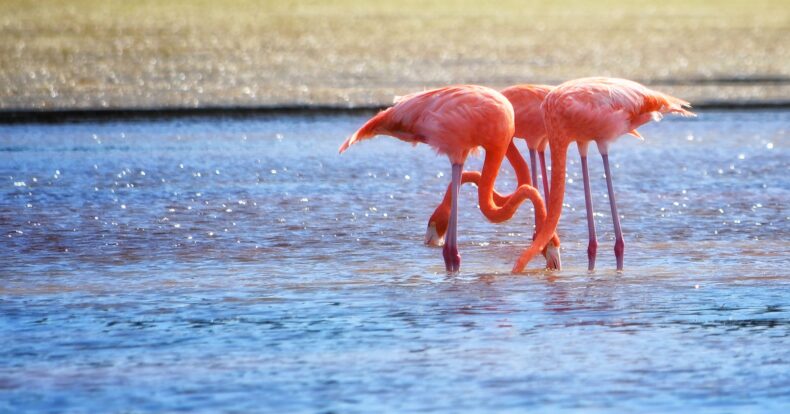
The American flamingo (Phoenicopterus ruber) has been sighted for the first time in Costa Rica, specifically in Moín, on September 28, 2024. This surprising sighting has generated great interest among ornithologists and nature lovers, as it is a rare visitor to the region. First spotted on the beach, the flamingo later moved to the mouth of the Estero Negro, marking a historic event in the country’s species record.
The strong winds of these meteorological phenomena have probably altered the flamingo’s migratory routes, pushing it to move to new areas in search of shelter or food, as has occurred with other birds.
Maylin Mora, Regional Conservation Area Director
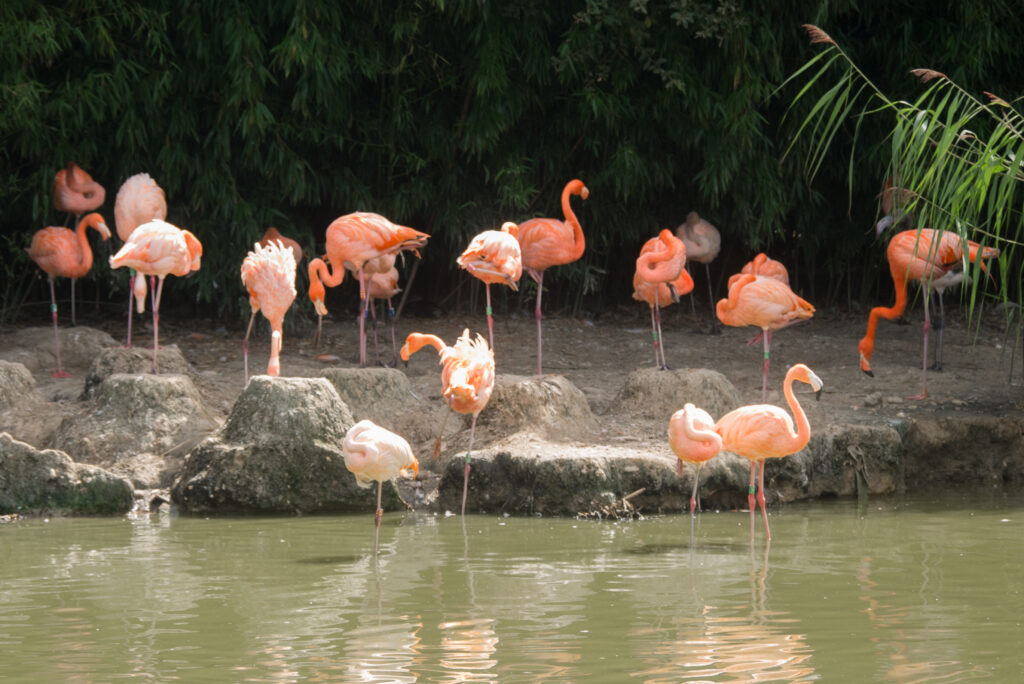
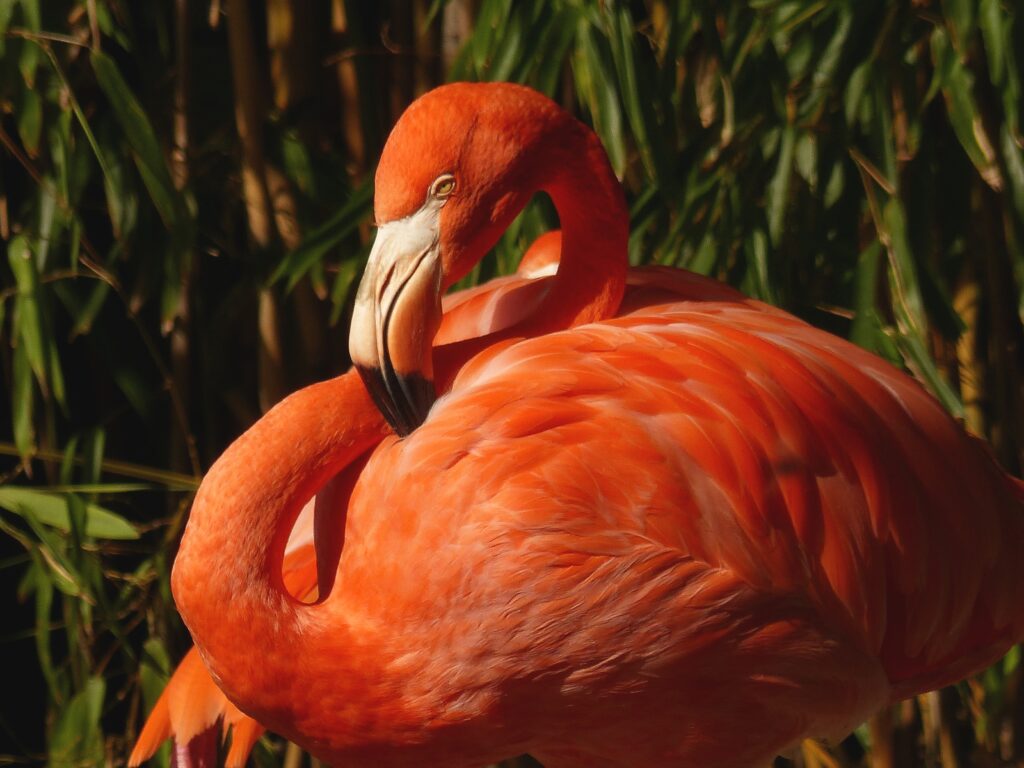
Favorable Habitats in Moín
Although it is not common to find American flamingos in Costa Rica, the habitats of Moín seem to provide a favorable environment for their temporary stay. American flamingos usually inhabit areas with specific characteristics that are also present in the Moín region, such as:
- Shallow coastal waters: The flamingo feeds in shallow waters, where it can wade and extract its food from the muddy sediment on the bottom. This environment is vital for its diet, which consists of insects, shrimp and algae.
- Saline or brackish wetlands: These habitats, rich in salinity, are ideal for flamingo feeding. In their natural habitat, these environments harbor large populations of organisms, such as small crustaceans rich in carotenoids, which influence the flamingo’s characteristic pink color.
- Lagoons and estuaries: The saline lagoons and estuaries provide a perfect environment for feeding and, in some cases, breeding, although this activity has not been observed in the flamingo that arrived in Moín.
Characteristics of the American Flamingo
The American flamingo is the largest flamingo species in the Americas and the second largest in the world. They measure between 1.20 and 1.40 meters in height, and males usually weigh about 2.8 kg, while females weigh about 2.2 kg. Their color varies from a soft pink to a deep crimson, depending on the amount of carotenoids they consume in their diet.
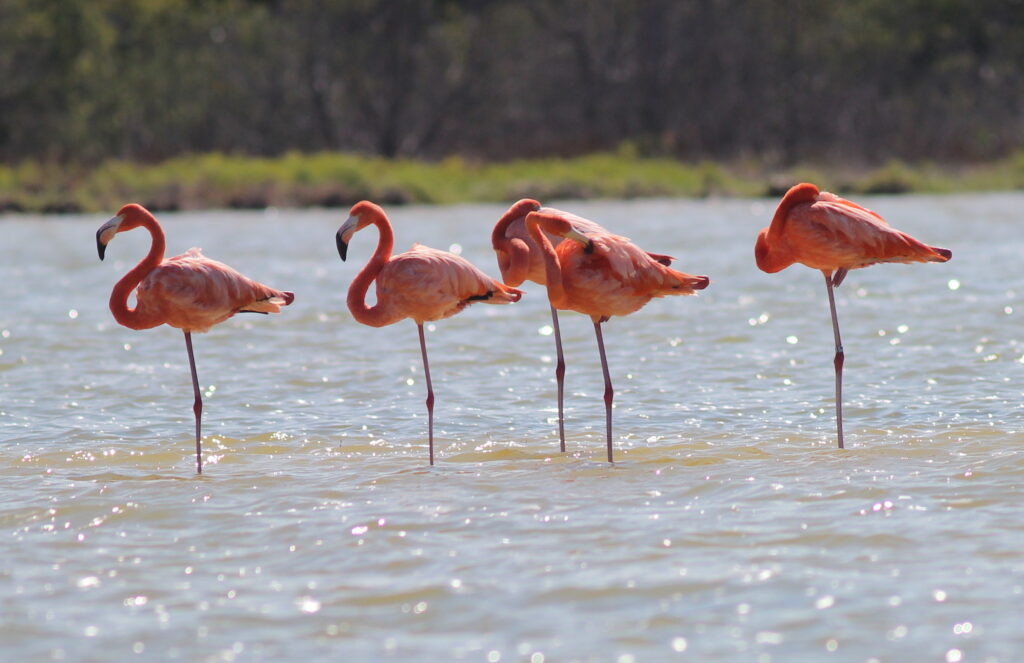
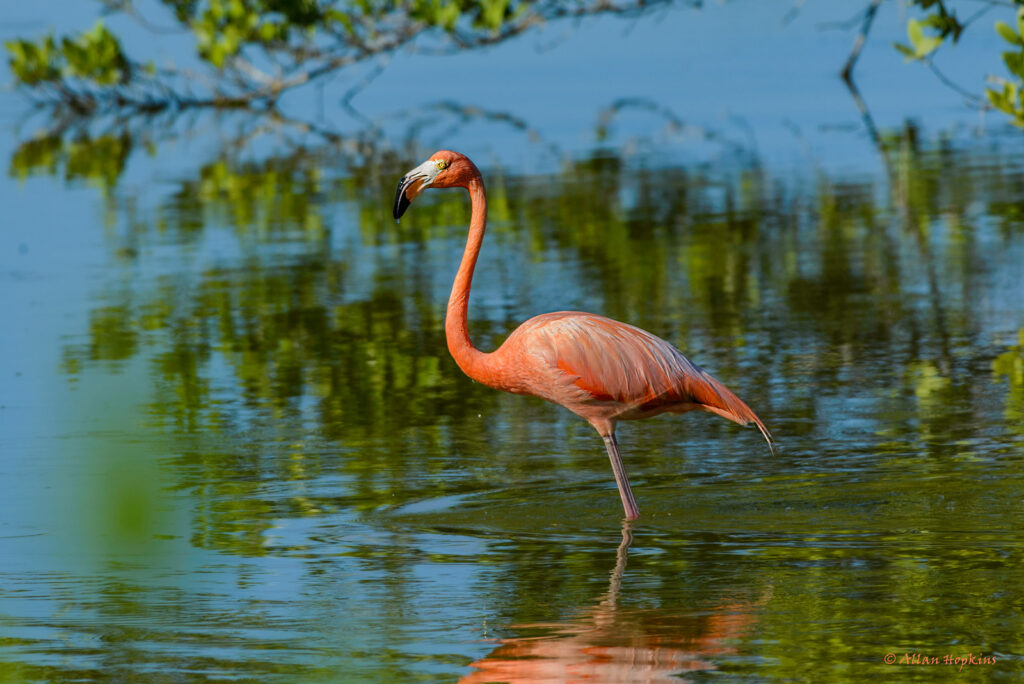
This flamingo feeds in waters with high levels of salinity or alkalinity, extracting nutrients from bottom sediments. Its diet is composed mainly of insects, shrimp, small plants, diatoms and algae. These organisms are abundant in nutrient-rich habitats, such as those found in the coastal areas of Moín.
Protection & Conservation
The National System of Conservation Areas (SINAC) has issued recommendations to protect the flamingo during its stay in Costa Rica. In this regard, the public is urged to keep a safe distance from the bird, avoiding disturbing it, chasing it, or feeding it. Also, it is advised to avoid loud noises and sudden movements, as well as the presence of dogs, even if they are on a leash, to prevent any alteration in their behavior.
The presence of the flamingo at the mouth of Estero Negro represents a unique opportunity for scientists and birdwatchers to study how this majestic bird adapts to new habitats in Costa Rica. Conservation of these areas will be key to ensuring that the flamingo finds sufficient food resources and shelter during its temporary stay.
This sighting is a reminder of how meteorological phenomena can affect biodiversity and bird migration routes, pushing species such as the American flamingo into territories where they do not usually inhabit. The protection of these ecosystems is vital to ensure that migratory species find refuge and sustenance as they pass through Costa Rican lands.
Sensorial Sunsets
Navigate articles





